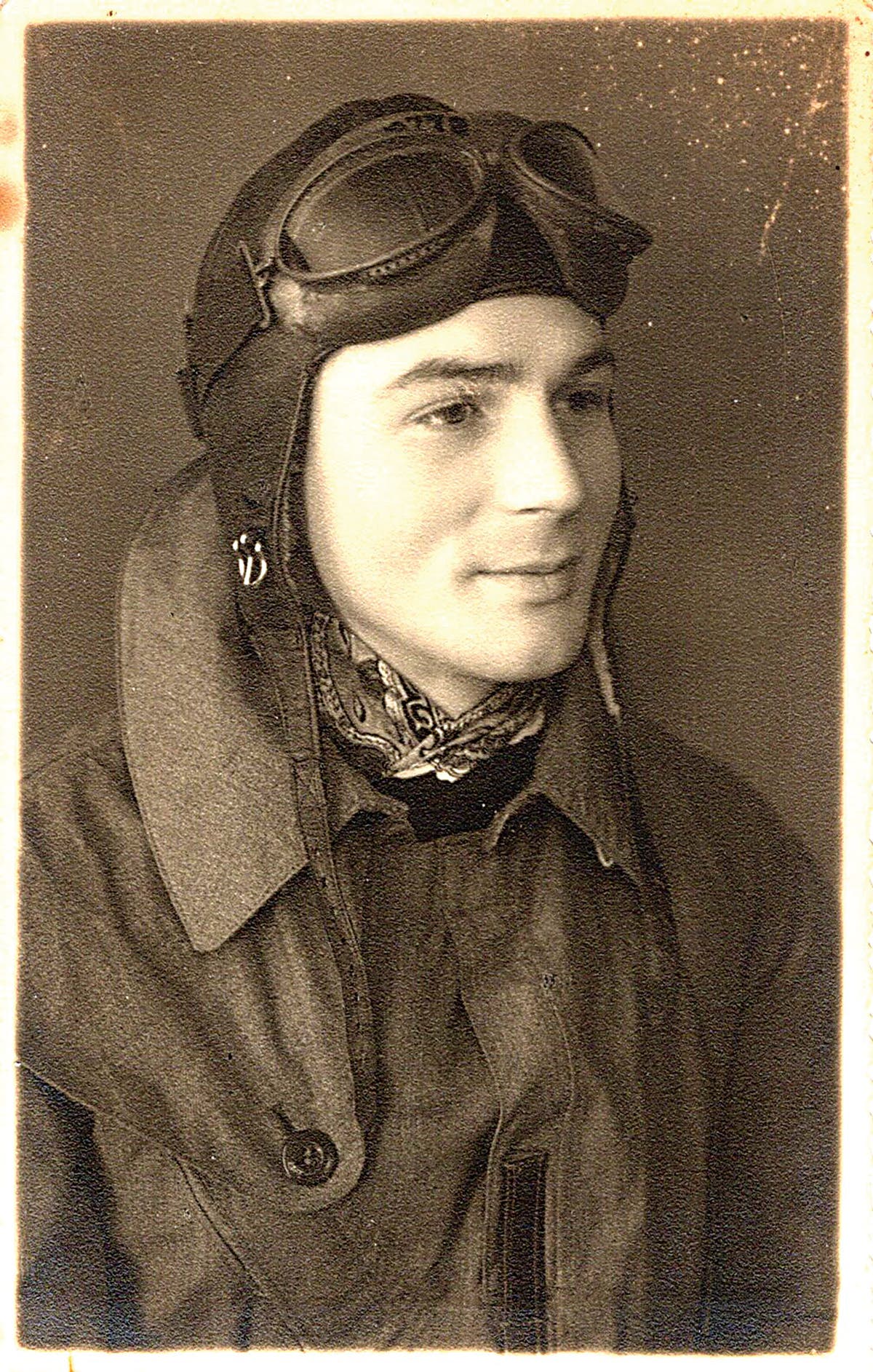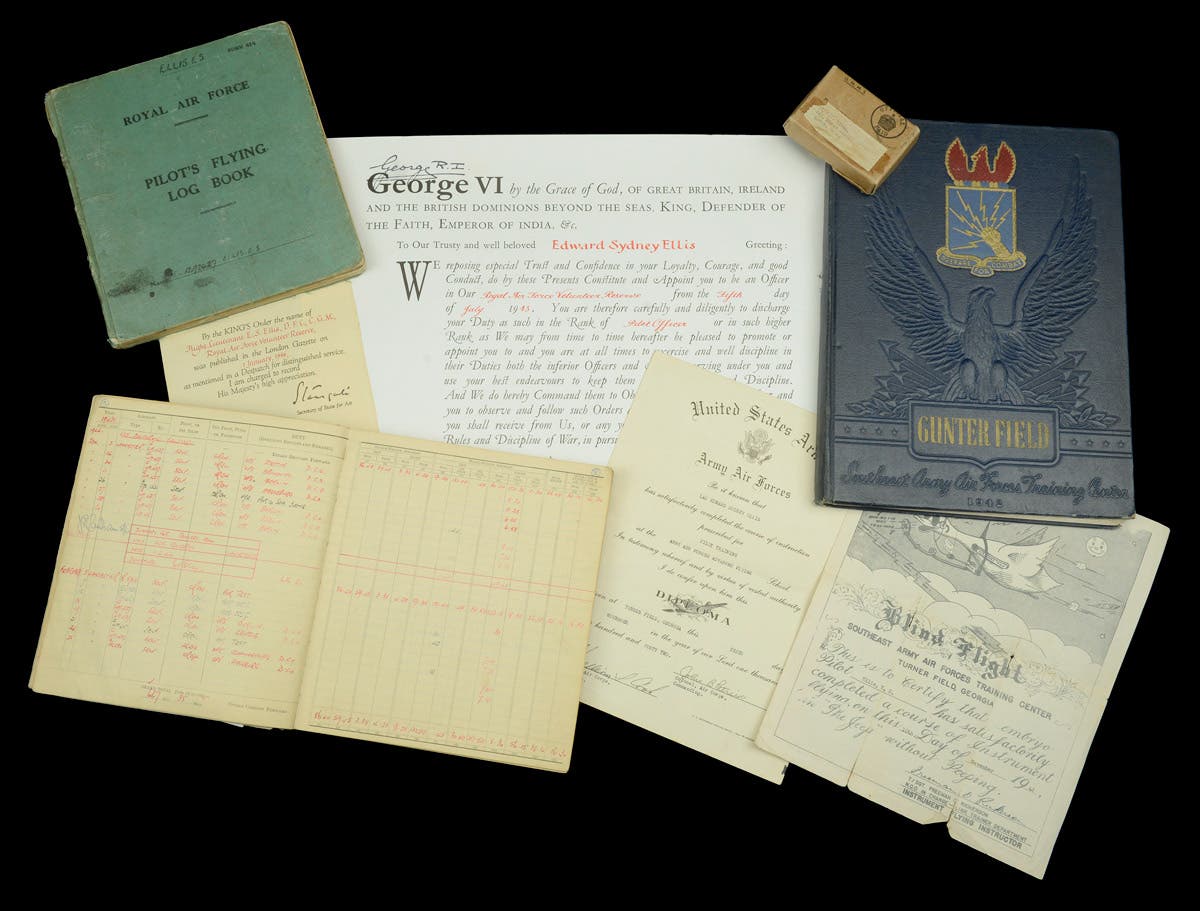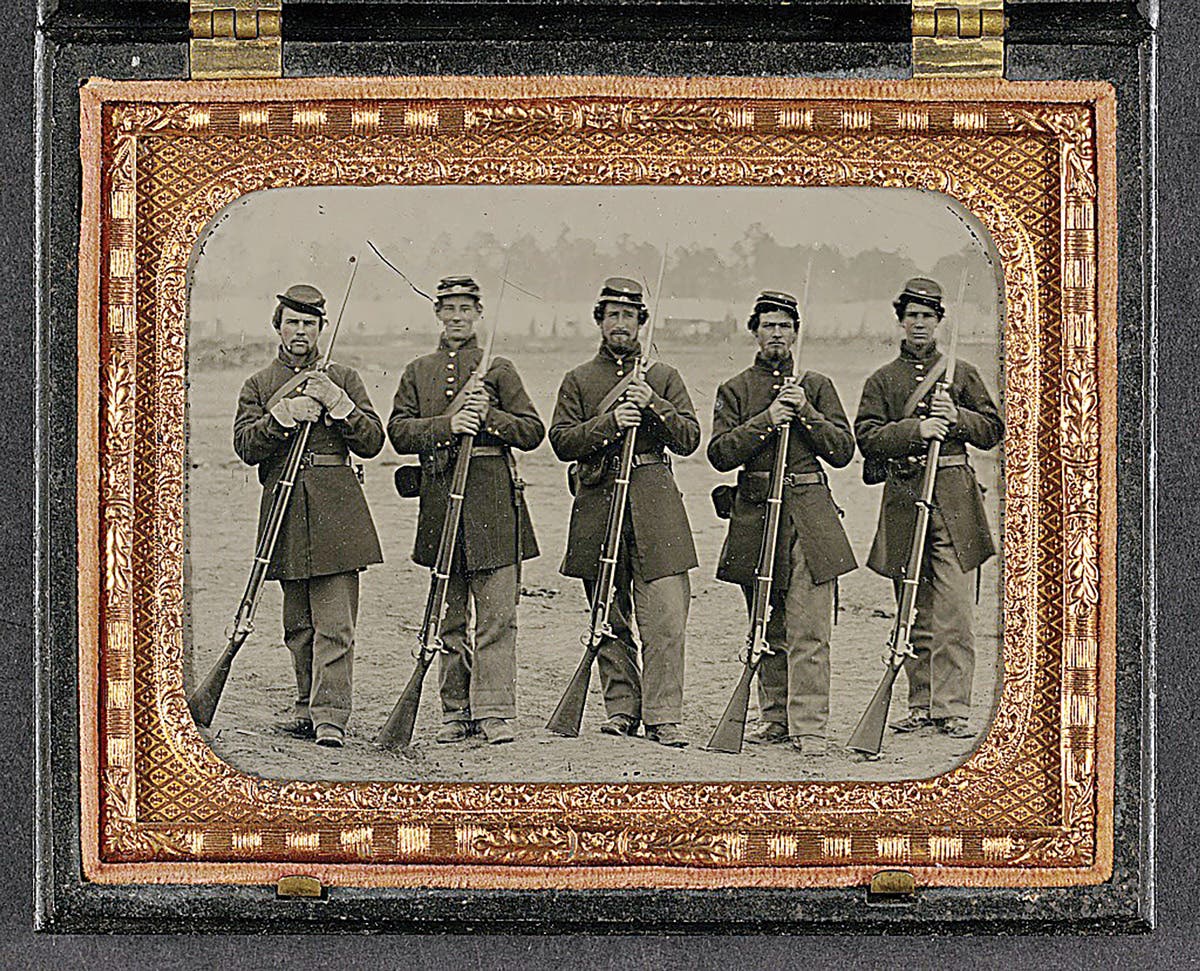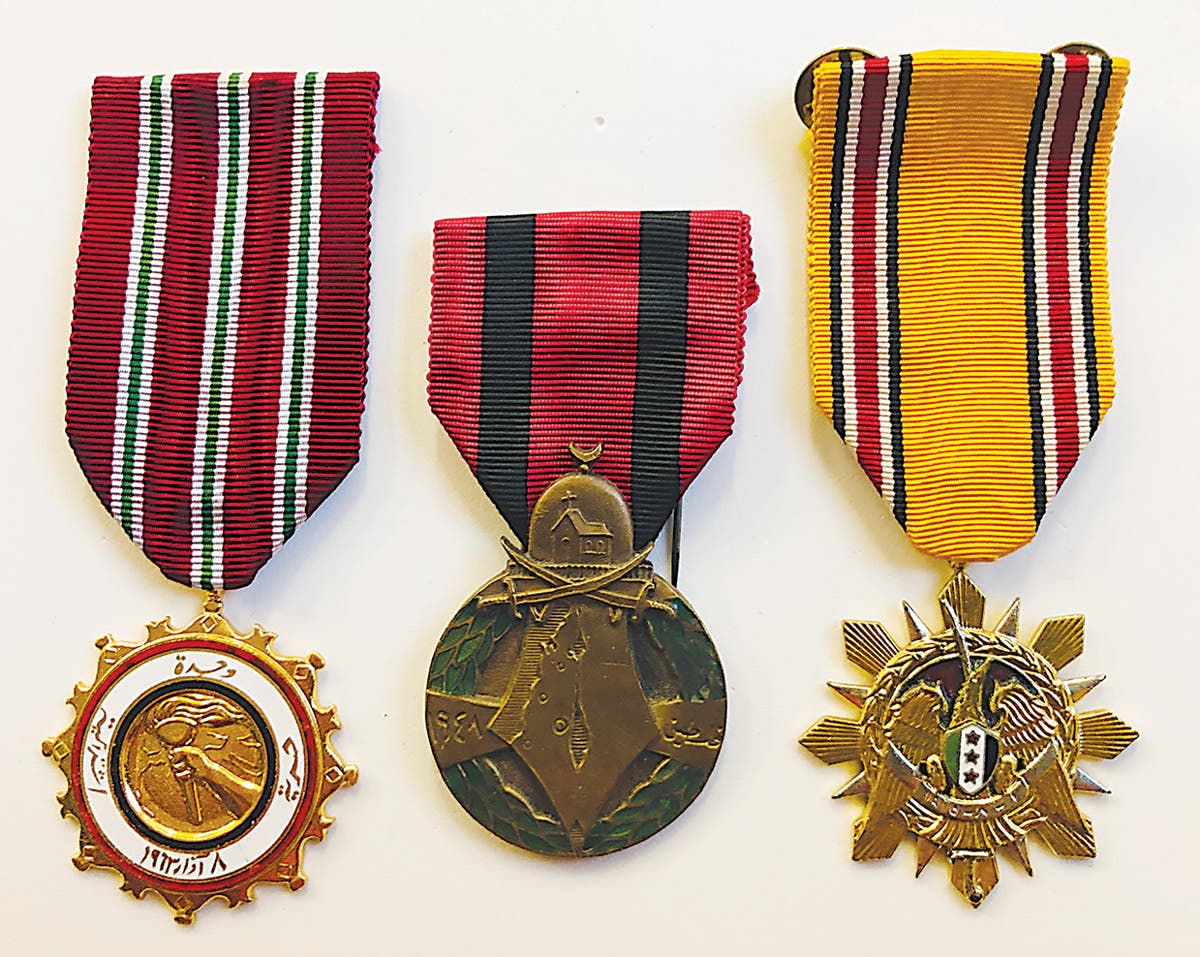The French WWII Medal
To honor those who had served in the French Armed Forces, the French Government of Charles de Gaulle instituted the Commemorative Medal of the War 1939-1945 (Medaille Commemorative de la Guerre 1939-1945) by a decree made on May 21, 1946. This and other foreign medals provide collectors with an affordable option for expanding their collections.
To honor those who had served in the French Armed Forces, the French Government of Charles de Gaulle instituted the Commemorative Medal of the War 1939-1945 (Medaille Commemorative de la Guerre 1939-1945) by a decree made on May 21, 1946. The medal is a bronze, teardrop shaped hexagon with a thick (2mm) planchet. The obverse shows a Gallic cock crowing in victory while standing in the center of a broken chain (symbolizing liberation). The background is entirely taken up by a Cross of Lorraine, the symbol of de Gaulle's Free French. The reverse reads, "REPUBLIQUE FRANCAISE" around the upper sides and the center has a laurel branch above GUERRE/1939/1945 in three lines. The medal is 38mm high (not including the ring) and 28mm wide. The suspension ribbon is pale blue, 36mm wide with stripes of red (1mm), green (4mm) and red (1mm) on each edge. In the ribbon's center is a vertical line of Vs in red (for "victory"), each 4mm high.
Obverse of the medal with Type-2 bar DEFENSE PASSIVE for a member of the Air Raid Protection Service. Photos by Ron Leverenz Dougboy Military Springfield, MO
CAMPAIGN BARS
The same decree authorized 13 bars (barrettes) to be worn on the suspension ribbon. Unlike the British WWII Stars on which only one bar per ribbon could be worn, there was no limit as to how many bars could be worn on the French Medal.
Reverse of the medal showing the Type-2 bar's back clasp.
This medal with Type-2 bars could indicate maritime service in the Far East or land service in Indochina by a man who volunteered for the French Forces.
Two styles of bars are known, the most common will be noted for the sake of this description, as "Type-1 bar." Type-1 bars are silver rectangles, 40mm long by 10mm high. Each has a plain, raised border about 2mm wide and has a thin, thread-sized inner border. The campaign or significant reason for the bar is inscribed horizontally across the field. The inscriptions consist of capital letters, 3mm to 5mm high.
A 2mm to 4mm wide bar clasp is soldered to the back. The ribbon passes through this clasp.
The Type-2 bar is slightly smaller, about 40mm wide by 9mm high, with a border of four thin, raised lines. Above the inner thin line is a series of small raised dots. The capital letters in the field are about 3mm high.
Medal with bars relating a soldier's career from the war's beginning (FRANCE) to the end of the war (ALLEMANGE). This group of bars could have been worn by a member of the Foreign Legion's 13th Demi-Brigade (13e DBLE) which had participated in all of the campaigns shown here: five Type-2 bars and one Type-1 bar (AFRIQUE).
The different types of bars have no particular significance and are only manufacturer's variants. The authorized bars, in alphabetical order are as follows:
?AFRIQUE, for service in the French African Colonies, as well as in Egypt and Libya fighting Rommel, June 25, 1940- May 13, 1943.
?ALLEMANGE, for the campaign in Germany, September 14, 1945-May 8, 1945.
?ATLANTIQUE, for maritime (Navy and Merchant Marine) operations in the Atlantic Ocean.
?EXTREME ORIENT, for service in the Far East, maritime in the Pacific and Indian Oceans and on land in Indochina, December 7, 1941-August 15, 1945.
?FRANCE, for service in France during the "phoney war" and the German/Italian invasions, September 3, 1939-June 25, 1940.
?GRAND BRETAGNE, for aerial operations from Great Britain, November 25, 1942-May 5, 1945.
?ITALIE, for campaigns in Italy and Elba, December 1, 1943- August 15, 1945.
?LIBERATION, for campaigns in France and Corsica, also given to members of the Resistance. June 25, 1940-May 5, 1945.
?MANCHE, for maritime operations in the English Channel.
?MEDITERRANEE, for maritime operations in the Mediterranean.
?MER DU NORD, for maritime operations in the North Sea.
?NORVEGE, for the abortive British/French/Polish landings in Norway, April 12-June 17, 1940.
?U.R.S.S., for serial operations from Russia, November 28, 1942-May 8, 1945.
On August 2, 1949, a bar reading DEFENSE PASSIVE was introduced for members of the Air Raid Protection Service.
?A silver bar with an enameled five-pointed star in red in the center was authorized on November 8, 1952, to indicate wounds.
?On April 1, 1953, a separate medal was created for the campaign in Italy and Corsica and the bar ITALIE was rescinded.
?Finally, on August 11, 1952, a bar reading ENGAGE VOLONTAIRE was introduced for those who had volunteered for the French Forces.
A medal with campaigns similar to the medal pictured at the left but with all Type-1 bars.
For those who collect the various medals of WWII, this French medal is a requisite piece. It provides a chronicle of the French participation in the war. Happily it is a very common medal and sells from $15 to $35. Some dealers charge as much as $12 for individual bars; however, the medal would not be complete without at least one bar.
Clem graduated from Jesuit Catholic Preparatory School in New Orleans in 1948, joined the US Navy Reserves, served in the US Army Signal Corps during the Korean War and attended the US Merchant Marine Academy.
He served 30 years aboard numerous merchant ships which allowed him to pursue his childhood passion of collecting military insignia. During his seven years of sailing in and out of Vietnam, Clem acquired an unimaginable collection of Vietnam War insignia. Every country’s port was a gold mine of tailor shops and junk stores.
In 1989, Clem took over the Vietnam Insignia Collectors Newsletter from Cecil Smyth. He quickly became the de facto overseer of the hobby.
Clem contributed numerous articles on various military insignia to Military Trader and Military Advisor. Clem died at the age of 87 on 3 February 2018. His knowledge and expertise will be missed. He will long be remembered. — Bill Brooks








